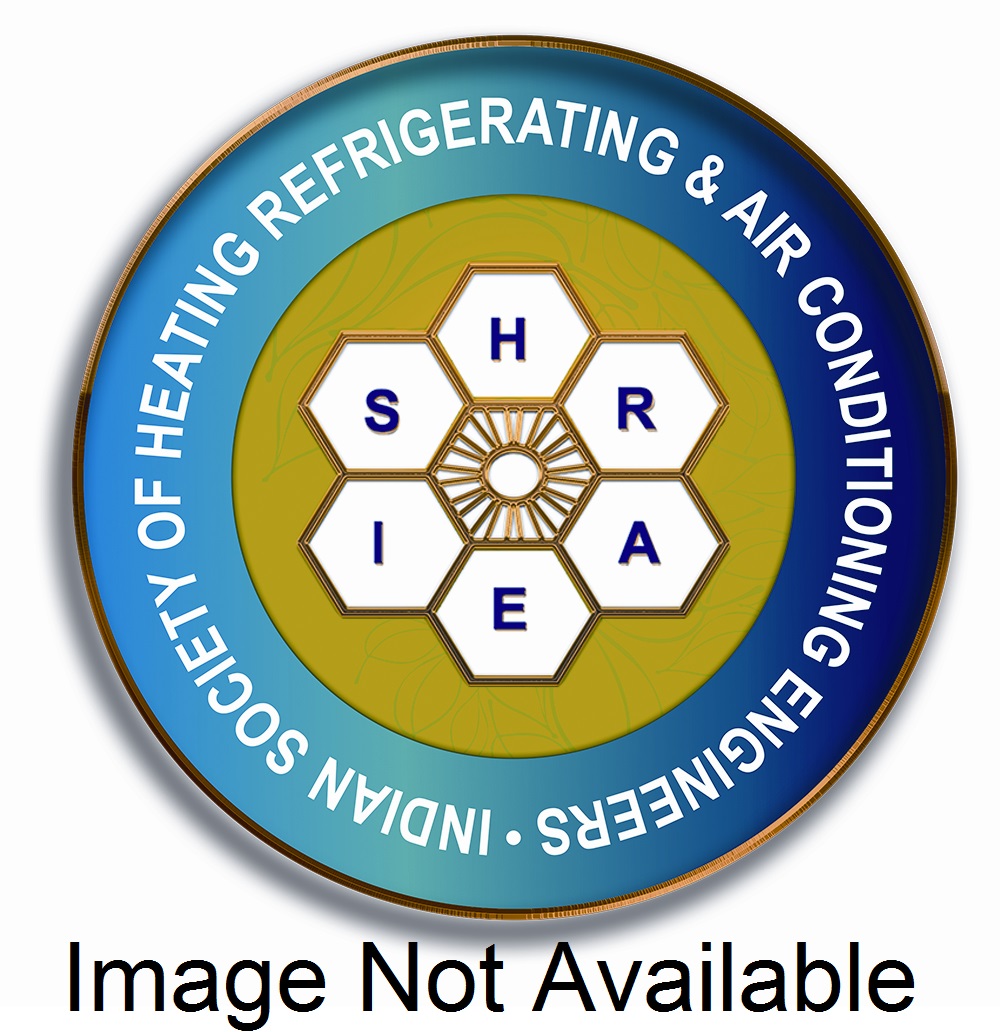The Paris Agreement strengthens the long-term mitigation goal agreed to in Copenhagen in 2009, and marks a turning point in the global effort to reduce the risks of catastrophic climate change. Its highlights are: more ambitious long-term mitigation objectives, an agreement for all countries – developed and developing – to review and scale up their mitigation efforts every five years, and a robust transparency framework for emission reductions. Under the Copenhagen Accord, world leaders sought to limit the increase in the global average temperature to ‘below’ 2°C above pre-industrial levels. Under Article 2 of the Paris Agreement, the goal is now ‘well below’ 2°C. There is also a commitment to ‘pursue efforts’ to keep the temperature increase to only 1.5°C above pre-industrial levels – a formidable technical and political challenge. Additionally, the parties have agreed (under Article 4) for global greenhouse gas emissions to peak ‘as soon as possible’ and to achieve overall carbon neutrality ‘in the second half of the century’. Collectively, these provisions send a powerful signal: the intention of the international community to end humanity’s reliance on fossil fuels within several generations (except perhaps in the context of carbon capture and storage). Hopefully, this signal will decisively affect global investment patterns over the coming decades. It should, amongst other things, hasten the current shift to renewable energy sources and away from fossil fuel exploration and production. The Paris Agreement is less dependent than the Kyoto Protocol for its eff ectiveness on the active participation of the US. All the major developed countries are now committed to mitigation measures. Reneging by large resource-based economies like Australia or Canada is much less of a risk than before. Equally important, China has embarked on a decisive shift in its approach to economic development and is investing heavily in renewable technologies.
Disclaimer: The information provided within this publication / eBook/ content is for general informational purposes only. While we try to keep the information up-to-date and correct, there are no representations or warranties, express or implied, about the completeness, accuracy, reliability, suitability or availability with respect to the information, products, services, or related graphics contained in this publication / eBook/ content for any purpose. Any use of this information is at your own risk.
 Youth
Youth
 Women
Women
 Research for Ishrae
Research for Ishrae







